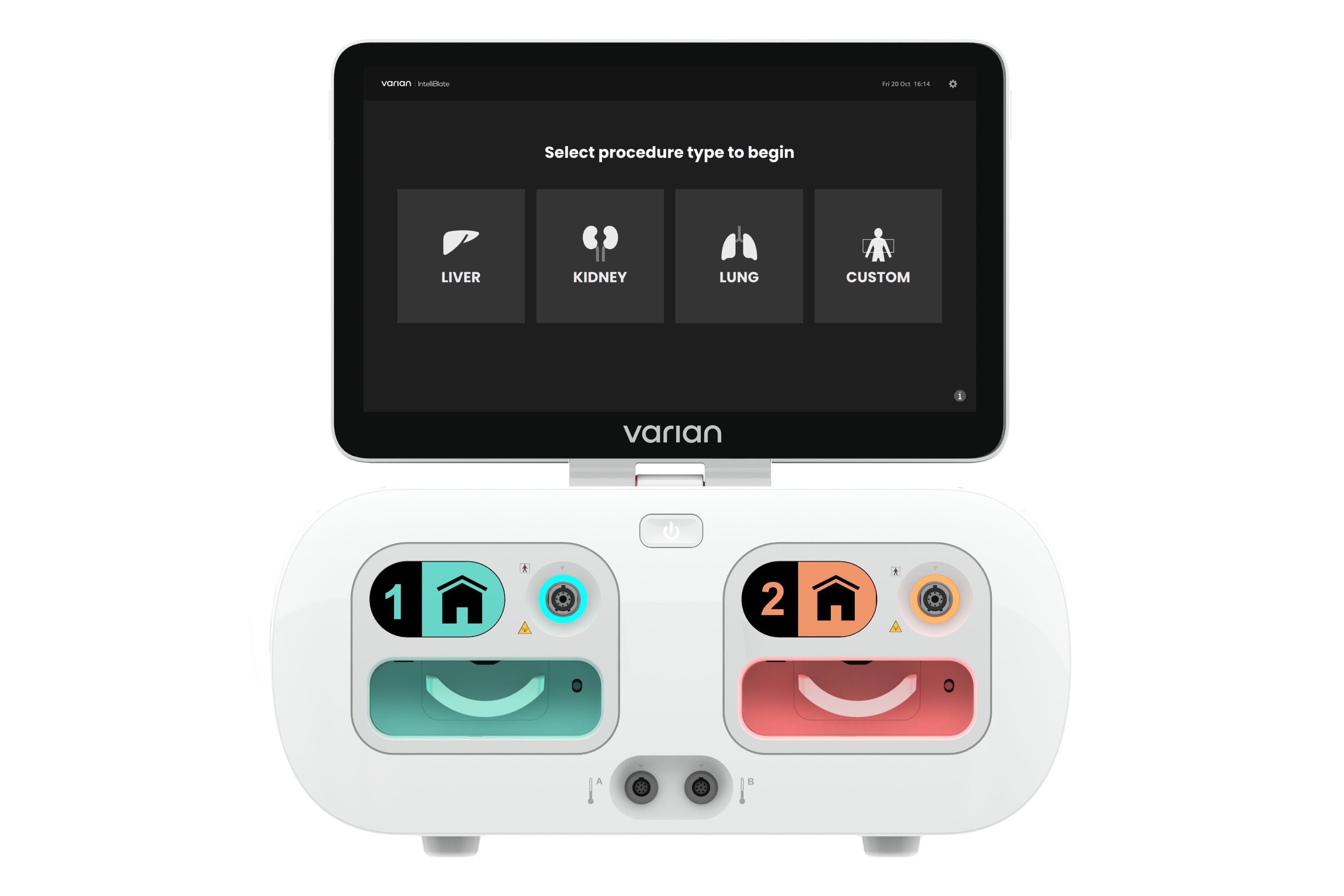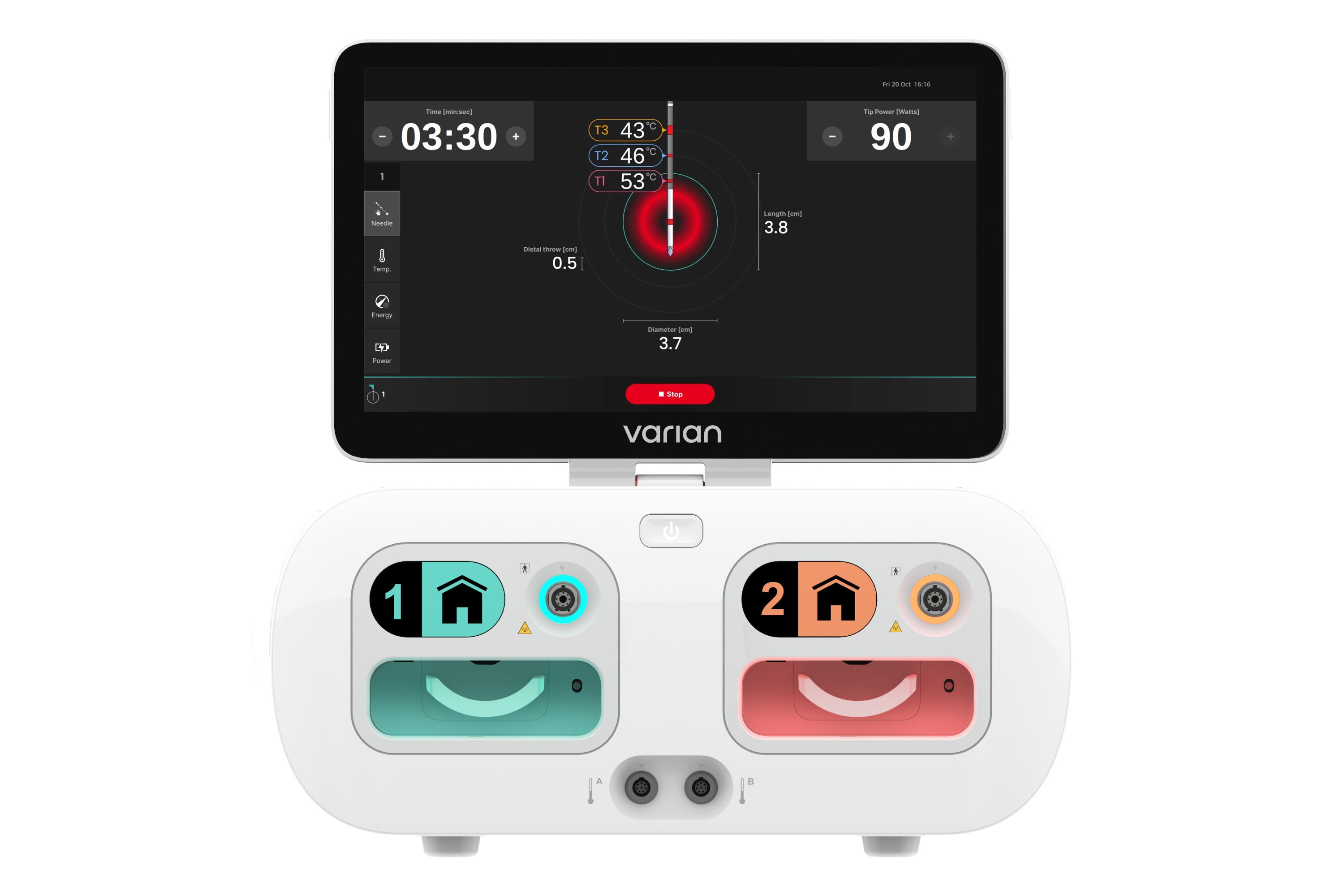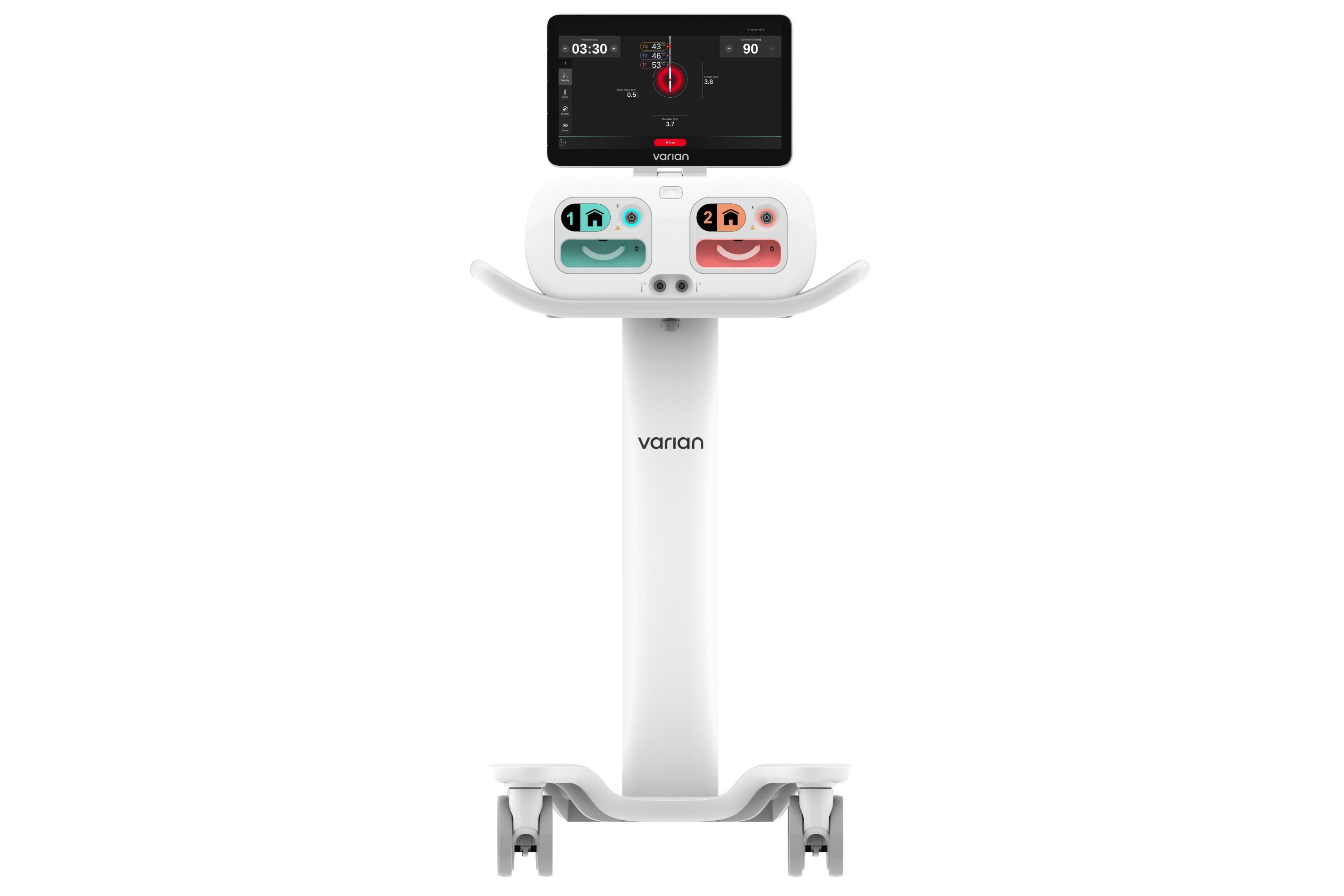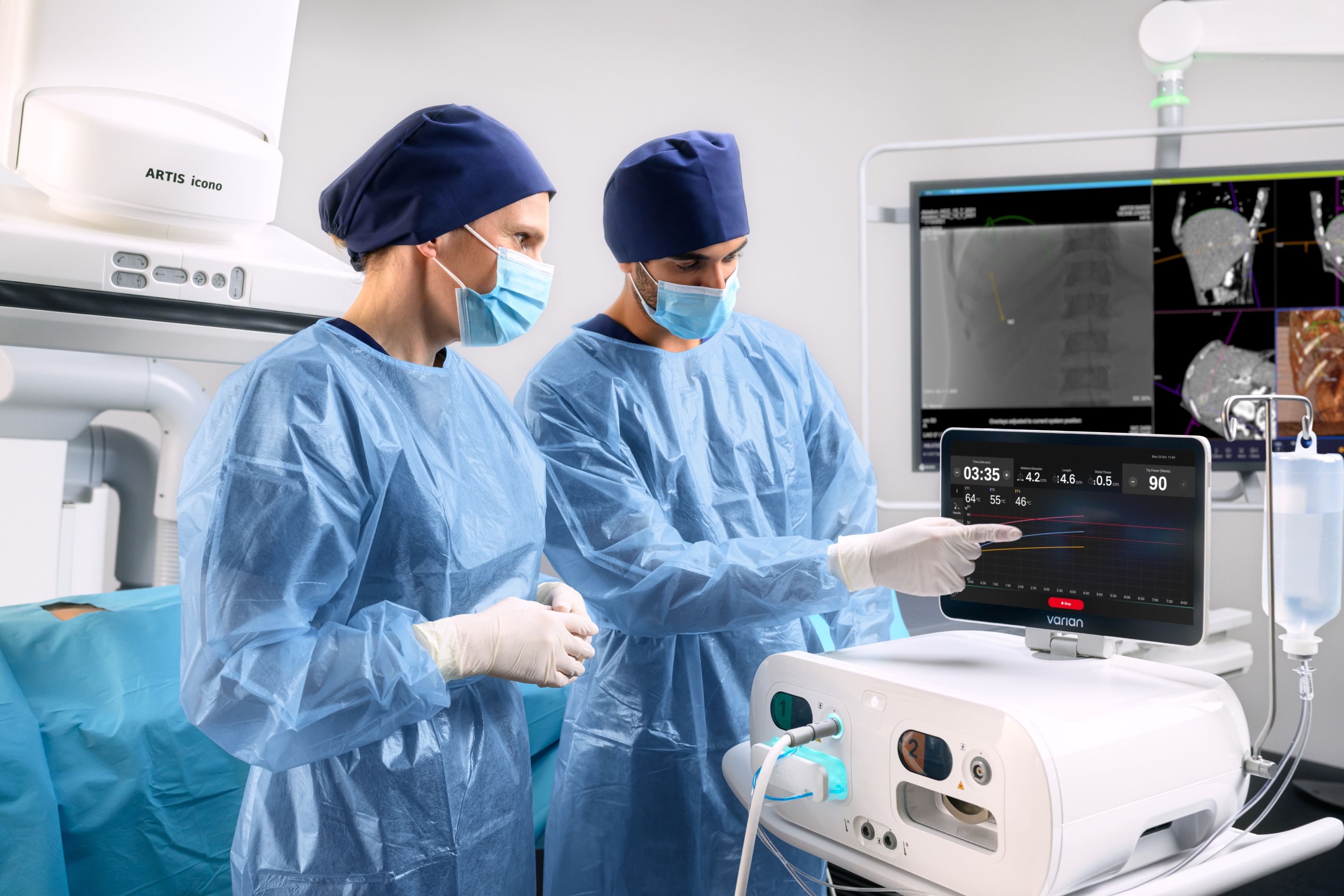
Designers
Yin-Ho Chong, Brian Phelps, Tijana Gonja, Paul Yokoyama, Mak Abdennabi
Year
2024
Category
Concept
Country
United States
Design Studio / Department
RTS UX

Three questions for the project team
What was the particular challenge of the project from a UX point of view?
Creating a best-in-class device which is still easy to setup, use, and aids clinical workflow.
Easily find treatment tissue types supported.
Easily add additional needles to increase treatment areas.
Show treatment parameters and controls without overwhelming new users.
What was your personal highlight in the development process? Was there an aha!-moment, was there a low point?
Physicians: While conducting usability tests with physicians, they would comment the device was a “game changer” because IntelliBlate allowed them to determine treatment parameters in an interactive manner, easily exploring the possibilities to treat tumors. Past approaches required use of paper-based charts which needed to be referenced many times, breaking up the clinical workflow.
Technologists: Observing the ease of device setup and operation with minimal training. Compared to the competition, there is no need to use gasses to cool the needle, further reducing complexity and ease of operation of the device.
Where do you see yourself and the project in the next five years?
Based on the outstanding feedback following Intelliblate's announcement, we now have a fully packed design backlog. Leveraging the robust design foundation of our initial release, we are dedicated to enhancing and expanding Intelliblate to deliver an unparalleled experience for interventional oncologists. Our goal is to empower them to treat patients who previously could not benefit from this technology. Furthermore, Intelliblate will continue to incorporate Siemens Healthineers' cutting-edge imaging innovations and AI based planning ensuring ongoing advancements and improvements in patient treatment.


